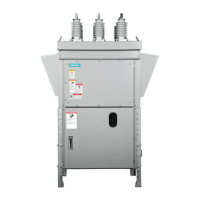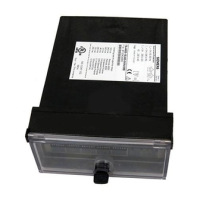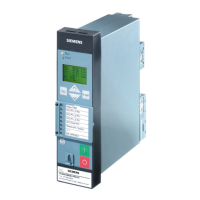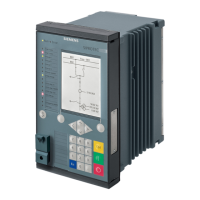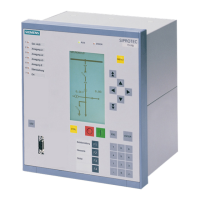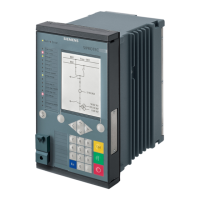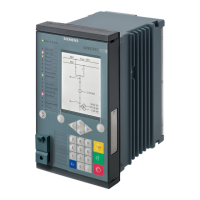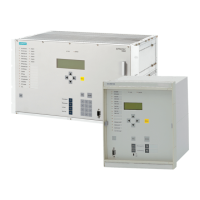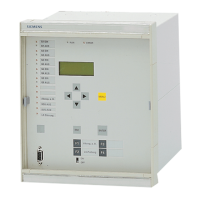43
Details are explained below.
5.2.1
Type A, Type F or Type B/Type B+?
The correct type of residual current protective device for each application can
be selected with the help of table 2 (in accordance with EN 50178/VDE 0160
“Electronic equipment for use in power installations” and DIN VDE 0100-530
Section 531.3.1).
If the electronic equipment (e.g. a frequency converter) is operated directly on
the three-phase system and input circuits 8 to 13 are connected (see table 2),
universal current-sensitive residual current operated circuit breakers (Type B or B+)
must be used. Type F residual current protective devices shall be used (input cur-
rent circuit 7 in the table) if higher frequencies are to be expected in the residual
current (e.g. frequency converter in a 1+N network). It is sufcient to use Type
A residual current protective devices (sensitive to pulsating current) for all other
applications.
5.2.2
What protection goal must be achieved?
Various protection goals must be achieved depending on the application and
location of use:
• Additional protection with a rated residual current of I
Δn
≤ 30 mA:
These RCDs are intended to provide additional protection against electric
shock in case of a failure of the other basic protective measures (protection
against direct contact) and/or for protection against faults (protection against
indirect contact) or in the event of carelessness by the user. Their protection is
effective up to a maximum frequency of 100 Hz. All statements concerning the
risk of ventricular brillation (up to 1 kHz) are at present only of limited validity
at higher frequencies. No reliable evidence is available regarding the impact of
other effects (thermal, electrolytic) on the human organism.
• Fault protection with a rated residual current of I
Δn
> 30 mA:
Protection against electric shock can be provided with these rated residual
currents under fault conditions. The tripping conditions of the respective power
system must be complied with.
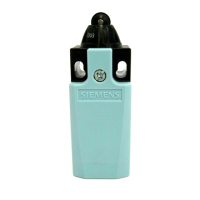
